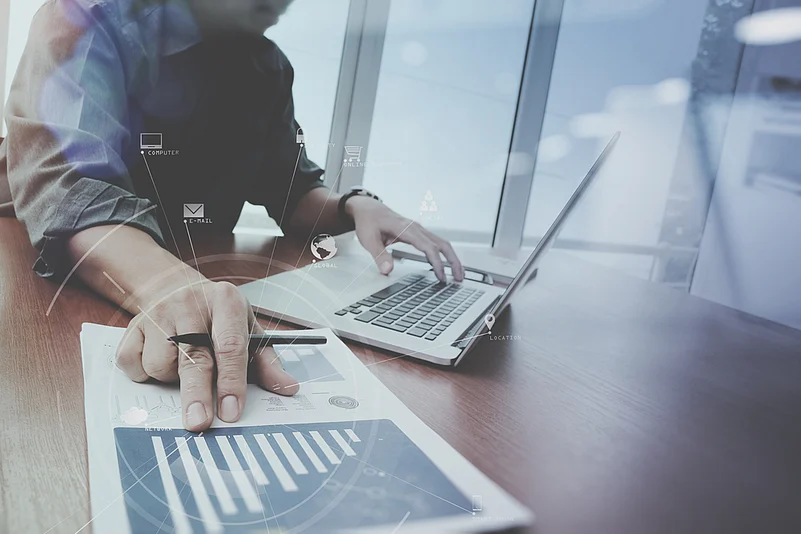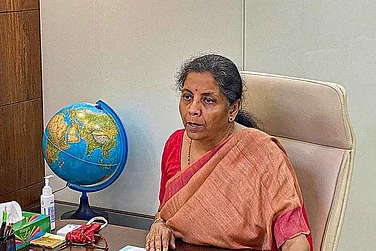COVID-19 has disrupted not only the economy and the sectors, but also the investor eco-system. The industry requires to get back to normal soon. Out of various players of the ecosystem consumers - regulators, distributors and manufacturers - the impact on distributors will be the biggest factor that will change the investor landscape in the coming months, says a Finsto report. As per Fintso, a vertical aggregator for independent financial advisors, distributors, especially the small players from a cash flow perspective and sustainability perspective would require to come up with solution to sustain themselves.
“The methods could be adapting the conventional mode of communication, switching their product sales pitches and risk management for their clients. As per Asset type distribution, 81 per cent of equity-oriented schemes, over 87 per cent of retail and 78 per cent of High Networth Individual (HNI) invested through a distributor both in T30 and B30 cities,” notes the report. The Independent Financial Advisors (IFAs) have to adapt to new digital measures and embrace new channels of communication including WhatsApp, Telegram, email and their own digital app. Their work would be dependant on automation, omni offerings and creating their own brands.
Advertisement
As per the report, when it comes to the recovery method post COVID-19, the method of recovery is subject to change as per the period of lockdown. So, for instance, if the industry faces impact of 0.5 years, people can expect a V-shape “recovery”. However, the habits and behaviour would not change much as people “bide” their time before they go back to the way things were. In case the impact stays for 1.5 years or 3 years, one can expect a U and L-shaped recovery respectively. On the silver linings, if one considers a client behaviour, a downturn in the equity market has not change investing behaviour, as long as people believe that the markets will go up. For instance, despite last financial year the monthly inflow of Systematic Investment Plans (SIPs) have shown growth and was ~ Rs 8,600 crore despite the fall in the markets.















 Just one email a week
Just one email a week